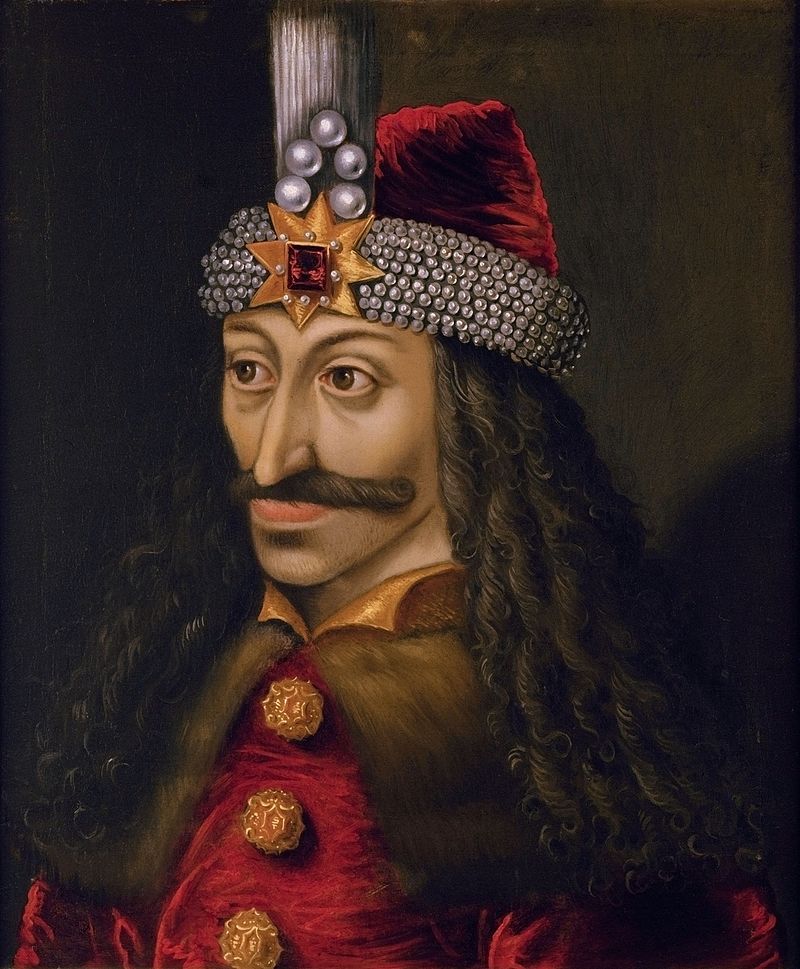Trove of Cannonballs Likely Used by Vlad the Impaler Found in Bulgaria
The primitive projectiles probably date to the Romanian ruler’s 1461 through 1462 siege of Zishtova Fortress
/https://tf-cmsv2-smithsonianmag-media.s3.amazonaws.com/filer/c3/1f/c31f62ea-b315-4cc4-a9a3-1b45a4e970d3/zishtova-fortress-svishtov-danube-bulgaria-vlad-dracula-finds-16.jpg)
In February 1462, Vlad III Dracula—better known as Vlad the Impaler, ruler of the Romanian region of Wallachia and the inspiration for Bram Stoker’s iconic vampire—addressed a boastful letter to Hungary’s king, Matthias I. Detailing his recent conquest of the Zishtova Fortress, the notorious commander wrote of the 410 Ottoman Turks killed by his forces over the course of the battle. In all likelihood, according to Nikolay Ovcharov, an archaeologist leading excavation of the former stronghold, some of these individuals were “probably impaled in his [signature] style.”
Sharpened (and rounded) stakes weren’t the only weapon in Vlad’s arsenal: The king also relied on cannonballs shot out of primitive medieval cannons known as culverins. Now, Archaeology in Bulgaria reports, Ovcharov and his colleagues at the National Institute and Museum of Archaeology in Sofia, Bulgaria, say they have discovered a trove of cannonballs believed to be used during the siege of Zishtova.
Several factors point toward the artifacts’ association with Vlad, who spent much of his reign embroiled in conflict with the Ottomans. (A personal vendetta stemming from years of imprisonment by the Turks contributed to this ongoing rivalry, as Marc Lallanilla explains for NBC News, as did the empire’s proximity to Wallachian territory.) Gizmodo’s George Dvorsky reports that the researchers found the cannonballs in a layer of sediment dating to the 15th century, leading them to suspect the weapons were linked with the attack, which took place during the winter of 1461 to 1462.
Ovcharov tells Nova TV that the specific type of cannonball found at the site was only used during the 15th and early 16th centuries; once military tacticians developed more effective cannons, the culverin quickly fell out of style.
“These were still very imperfect cannons,” the archaeologist explains. “That was precisely the time of Vlad Dracula, [so] there is no doubt that they are connected with the siege [and conquest of the Zishtova Fortress] by Vlad Dracula in 1461."

Although Zishtova only dates to the 13th through 14th centuries, the spot where it is located in Svishtov has existed in a state of constant occupation since as early as the 4th century, when Roman conquerors built a stronghold atop the towering hill. According to the History Blog, Ottoman Sultan Murad I besieged the fortress in 1389, wresting control of the area from Bulgarian Tsar Ivan Shishman. Zishtova remained largely under Ottoman control until its destruction around 1810.
The exception, of course, was Vlad’s successful siege during the mid-15th century. Speaking with Nova TV, Ovcharov says, “The truth is that Vlad Dracula besieged this place, conquered it, and most probably also resided here,” remaining in the region for several months before returning to his home country of Wallachia. The fortress itself survived until the Russo-Turkish War of 1806 to 1812. Per the History Blog, Russian soldiers burned the building following the Ottoman garrison’s surrender, preventing their conquered enemy from ever using the stronghold again.
Today, Zishtova remains relatively well-preserved. In addition to the early projectiles, Ovcharov and his team have found more modern cannonballs and a partially intact inscription—featuring mention of a cohort of the Roman Empire’s First Italian Legion, which was quartered in Novae, a major military camp and city just outside of Svishtov—dating to the 4th century.
/https://tf-cmsv2-smithsonianmag-media.s3.amazonaws.com/accounts/headshot/mellon.png)
/https://tf-cmsv2-smithsonianmag-media.s3.amazonaws.com/accounts/headshot/mellon.png)